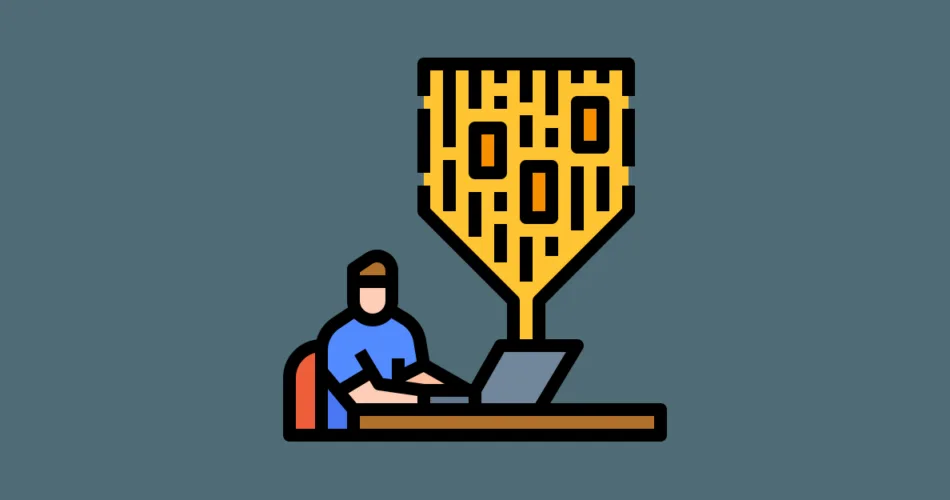Character encoding in Java is a fundamental concept in handling text-based data within computer systems. It involves the mapping of characters to numeric values, allowing computers to represent and store text in binary form. Java provides robust support for working with various character encodings, ensuring seamless communication and manipulation of text data.
Why Character Encoding Matters
Character encoding is crucial for tasks involving input and output of textual data, such as reading from and writing to files, sending and receiving data over networks, and displaying text on user interfaces. Different character encodings are used to accommodate languages with different character sets and symbols.
For instance, ASCII encoding uses 7-bit values to represent English characters, while Unicode encoding provides a more extensive character set to encompass various languages and symbols. UTF-8, a variable-width encoding, is widely used to represent Unicode characters efficiently.
Default Character Encoding in Java
In Java, the default character encoding depends on the platform on which the code is executed. It’s important to be aware of this default encoding to avoid unexpected behavior when handling text data.
For instance, on most Windows systems, the default encoding is often “windows-1252,” while on Unix-based systems, it’s commonly “UTF-8.” To ensure consistent behavior across different platforms, it’s recommended to specify the desired encoding explicitly when working with text data.
Specifying Character Encoding
To explicitly specify a character encoding when working with I/O operations in Java, you can utilize classes such as InputStreamReader and OutputStreamWriter. Here’s an example of reading a text file using a specific encoding:
import java.io.*;
public class EncodingExample {
public static void main(String[] args) {
try {
FileInputStream fis = new FileInputStream("data.txt");
InputStreamReader isr = new InputStreamReader(fis, "UTF-8");
BufferedReader reader = new BufferedReader(isr);
String line;
while ((line = reader.readLine()) != null) {
System.out.println(line);
}
reader.close();
} catch (IOException e) {
e.printStackTrace();
}
}
}
In this example, the InputStreamReader is used to read the data.txt file with the specified UTF-8 encoding. This ensures that the file is interpreted correctly regardless of the platform’s default encoding.
Common Character Encodings
Java supports various character encodings to cater to different requirements:
- UTF-8: A versatile encoding that represents all Unicode characters efficiently. It’s widely used for web-related tasks and internationalization.
- ISO-8859-1 (Latin-1): Commonly used for English and Western European languages.
- UTF-16: Represents Unicode characters using 16-bit units. It’s used for in-memory storage and serialization.
- Windows-1252: The default encoding for many Windows systems, representing Western European characters.
Conclusion
Character encoding is a vital aspect of Java I/O and file handling when dealing with text data. Understanding how to specify and use different encodings ensures accurate interpretation and manipulation of characters across various platforms and languages. Therefore, by choosing the appropriate encoding for your application’s requirements, you can avoid data corruption and ensure seamless communication and data handling.
Subscribe to our email newsletter to get the latest posts delivered right to your email.


Comments